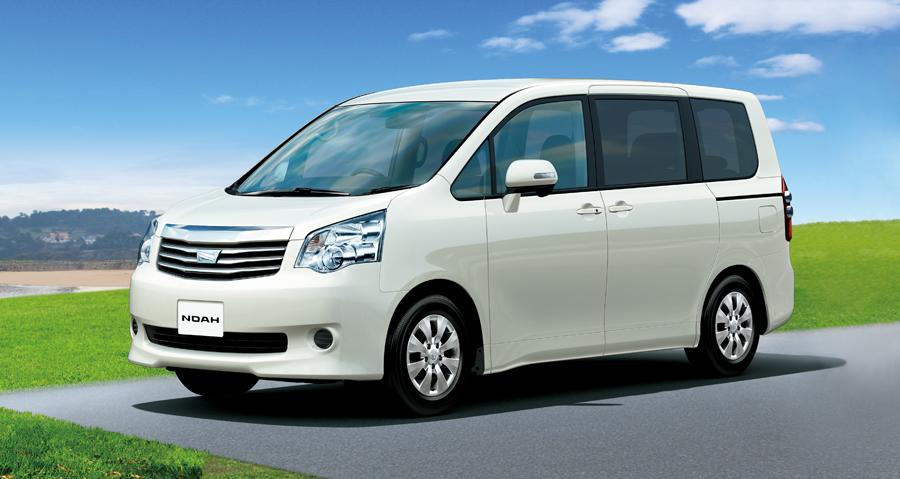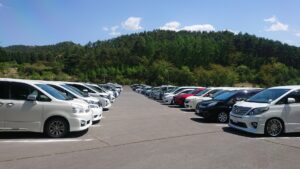Toyota Noah/Voxy wins in terms of driving, comfort, and usability
Worldwide, the Hiace is the first Toyota vehicle that comes to mind when one thinks of multi-passenger vehicles. In Japan, however, the Hiace is a commercial vehicle, and the Noah/Voxy has an overwhelming presence as a personal vehicle for families and guests.
The Noah/Voxy’s body size and specifications (4.6m in length, 1.7m in width, and 2.0L in displacement) were tailored to the conditions of Japanese roads and parking lots, making it too small to be sold in the U.S., while the demand for minivans in the European and Asian markets was low.
The Noah/Voxy was sold exclusively in Japan. The market for mid-size minivans is very large in Japan. The Toyota Noah/Voxy, Honda Step Wagon, and Nissan Serena have been in a fierce sales competition for over 20 years, and as a result, mid-size minivans have reached a very high level of driving, comfort, and usability. The Hiace is certainly sturdy and carries a lot of cargo, but in terms of driving, comfort, and ease of use, it falls short of these minivans. This is why few people in Japan buy a Hiace for family use.
Spacious interior and comfortable ride due to the transverse FF layout and low-floor design

The mid-size minivan gained popularity in Japan with the introduction of Honda’s Step Wagon in 1996. It did not take long for many Japanese people to realize that minivans, with their three rows of seats, low floors, and sliding doors, are convenient vehicles that can accommodate more people and luggage than sedans or station wagons.
What made the Step Wagon even more revolutionary was its transverse FF layout and passenger car-like suspension. The Step Wagon offered vast interior space and a comfortable ride unmatched by similar-looking commercial vehicle-based 1BOX wagons.
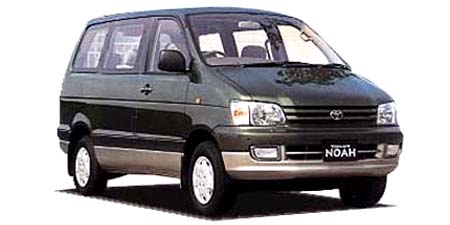
Toyota introduced the Town Ace Noah/Lite Ace Noah based on the Town Ace/Lite Ace in 1996, the same year as the Step Wagon, but the Town Ace Noah, which appropriated a commercial vehicle-based FR chassis, was no match for the Step Wagon in terms of both dynamic performance and comfort. It took Toyota five years to prepare a minivan with a transversely mounted FF, low-floor chassis to compete with the Step Wagon.
The R60G model Noah/Voxy, Toyota’s late but full effort release
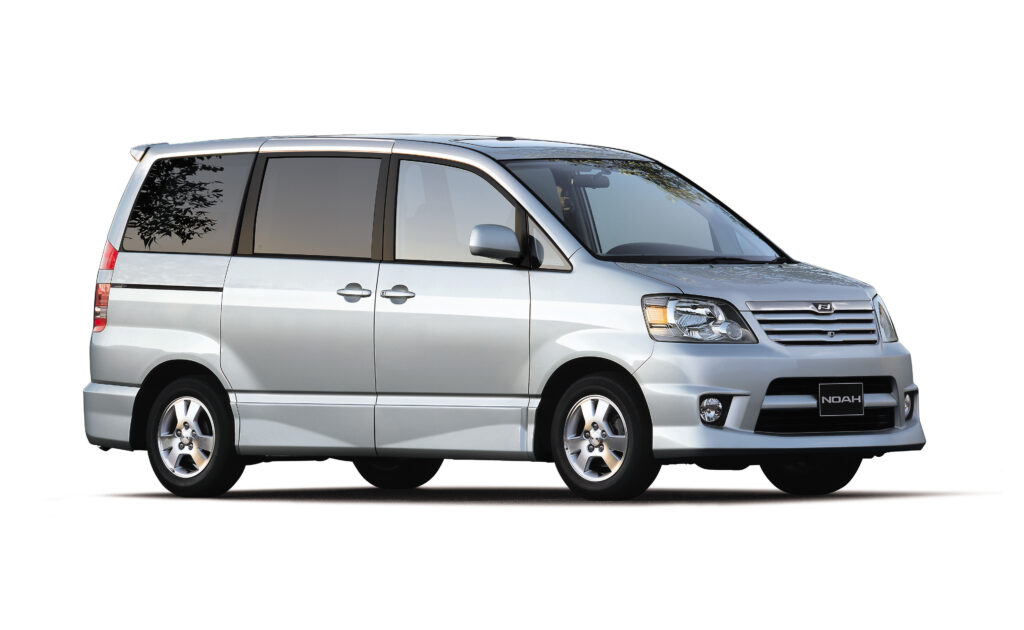
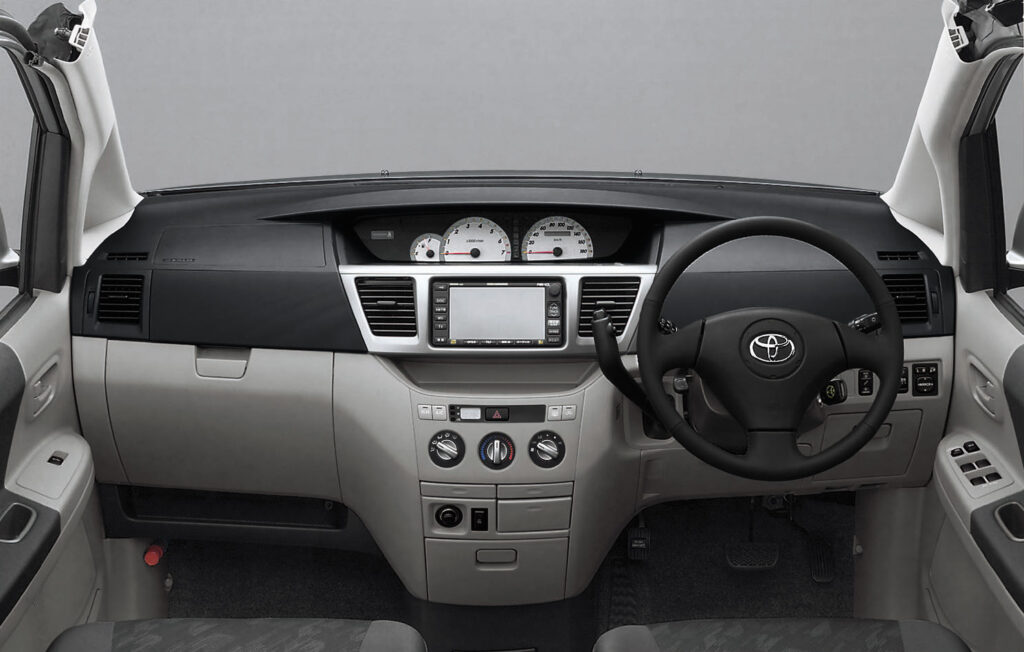
In 2001, the Noah and Voxy, pure passenger minivans, were introduced at the fullest possible time. The base model was changed to the MPV Ipsum, and the Town Ace and Light Ace names were dropped as a natural consequence.
Noah and Voxy are siblings with differences in light design, etc. The reason for their existence was to counter Toyota’s sales channel measures at the time. From that time to the present, the Voxy has been positioned as more sporty type.
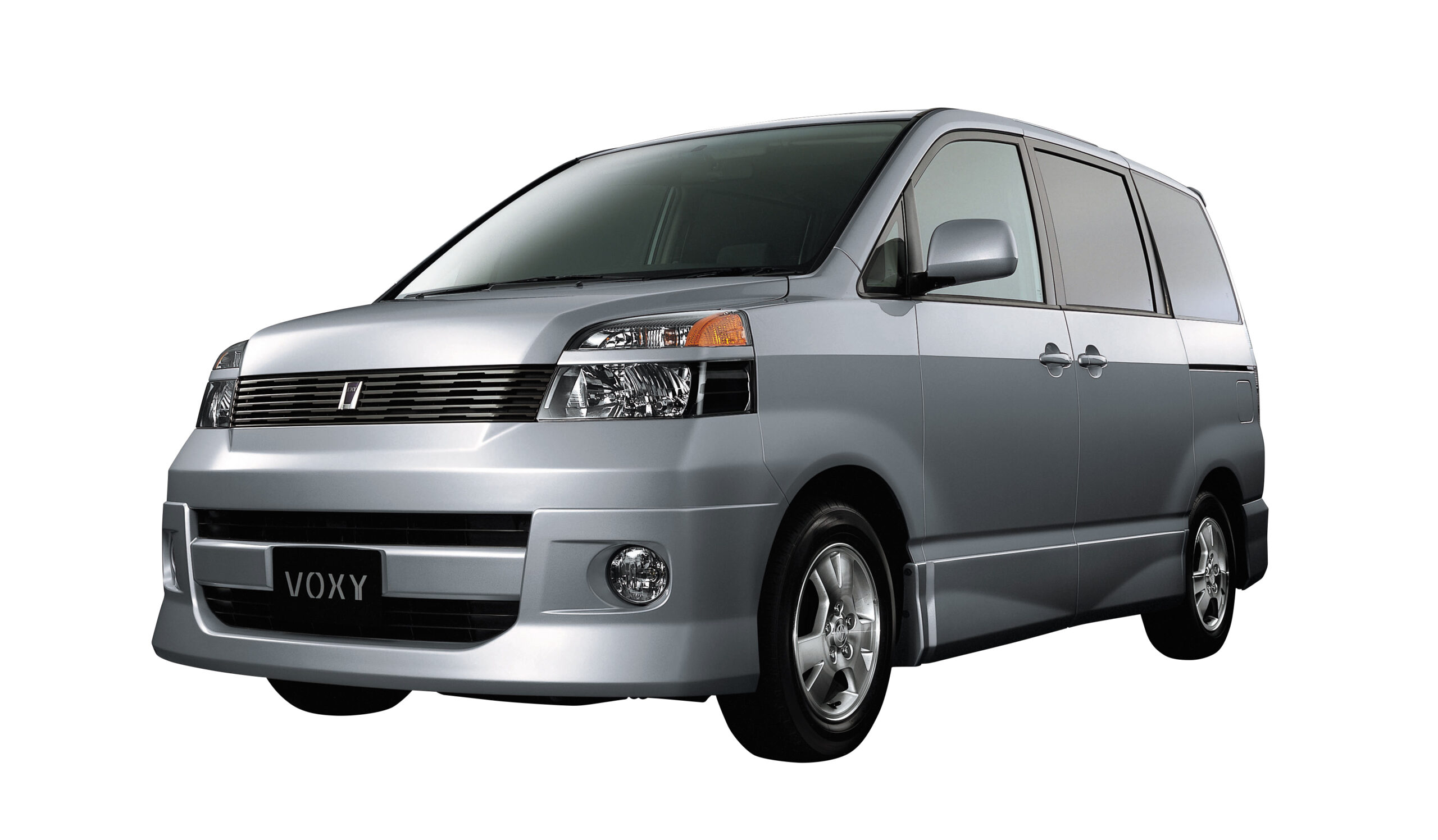
The first-generation Noah/Voxy, known overseas by the model name R60G, did not, strictly speaking, catch up with the Honda Step Wagon in terms of driving performance.
However, it succeeded in making inroads into the minivan market thanks to its dual sliding doors, which the Step Wagon does not have, solid Toyota-like construction, strategic pricing, and a strong sales network. In 2002, they ranked second in total sales of both Noah and Voxy.
R70G/W type Noah/Voxy, which evolved in the right order
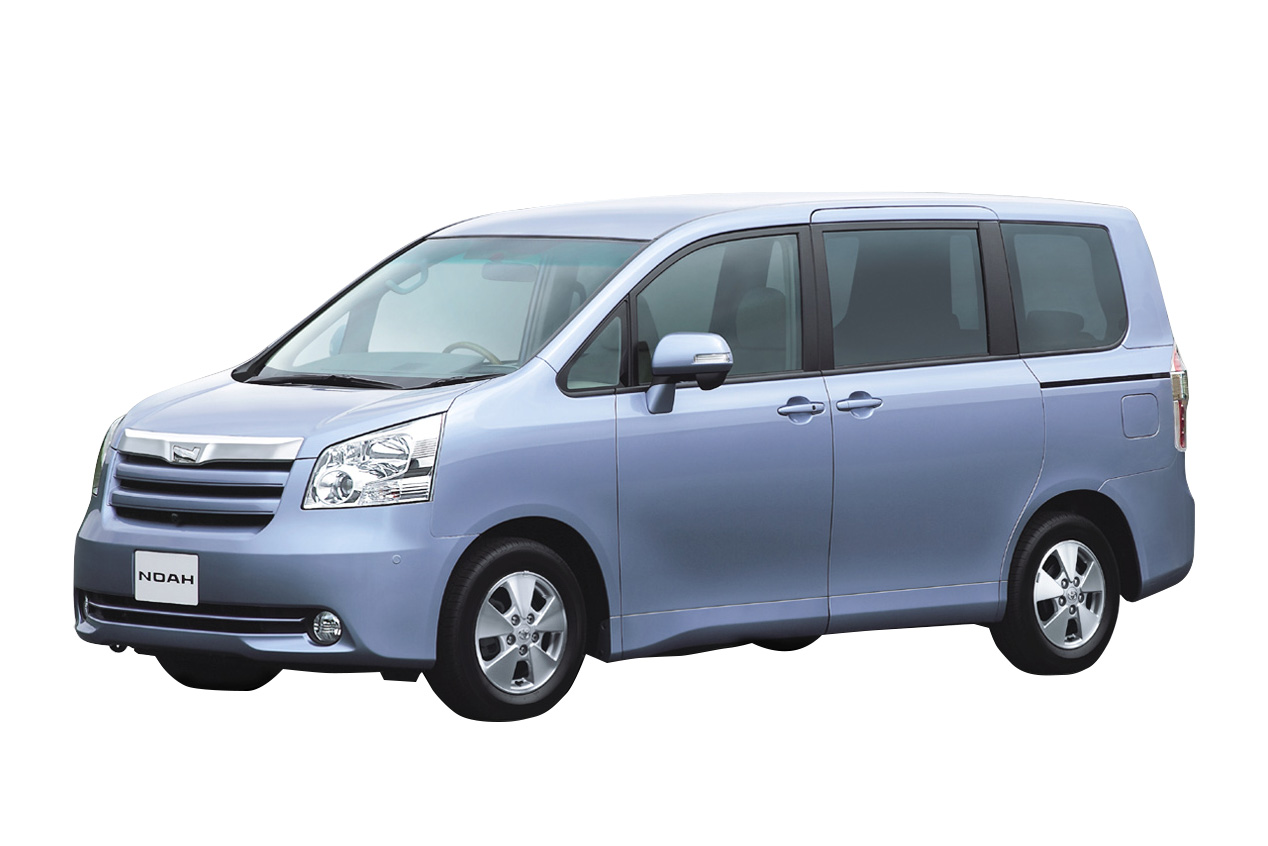
The second-generation Noah/Voxy, which has recently begun to make its presence felt in used car exports from Japan, was introduced in 2007.
The G at the end of the model name, R70G/W, is a normal body with an overall width of less than 1.7 m. The “W” refers to the grade with an overall width of over 1.7 m, which is sporty with aero parts, etc.
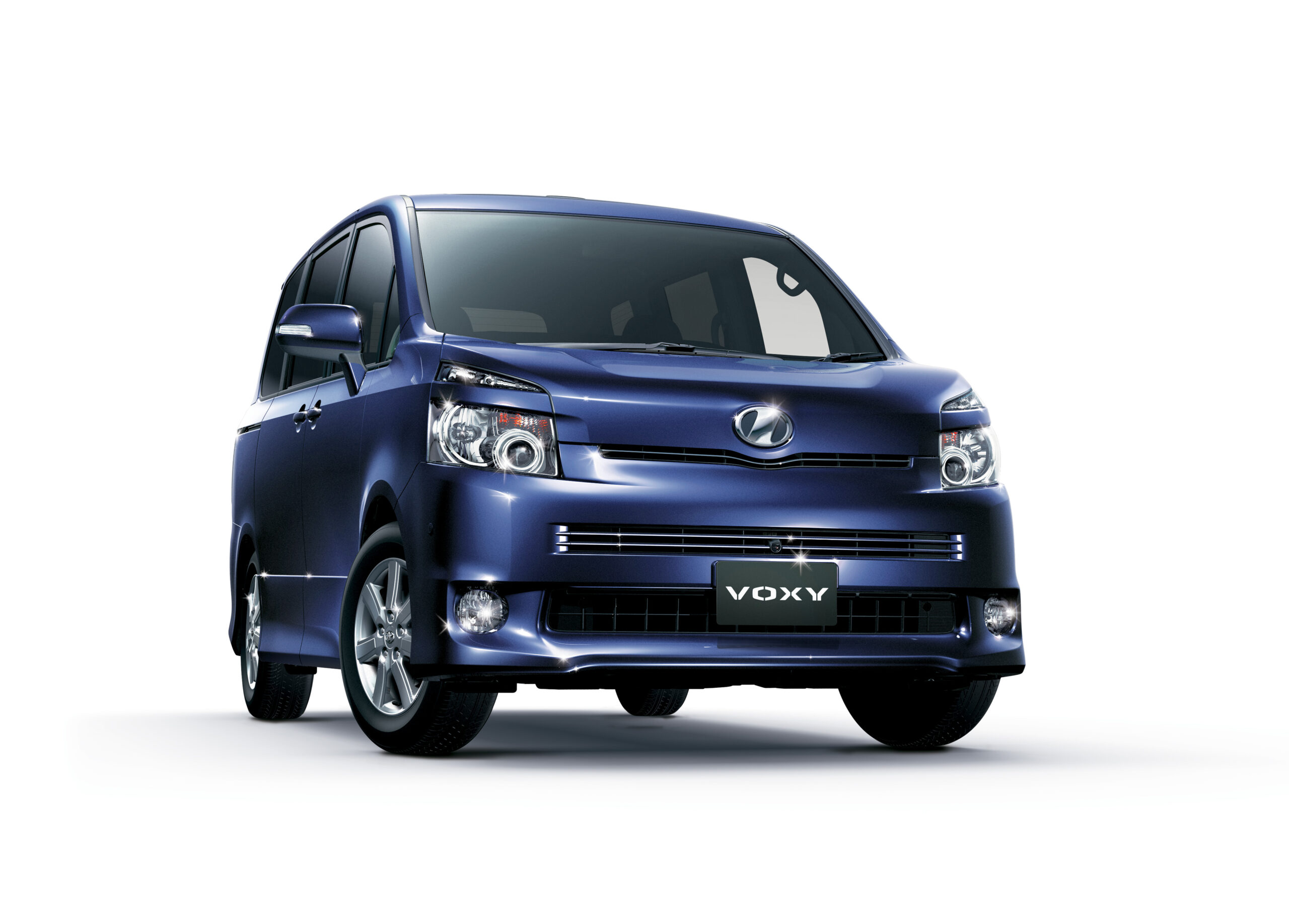
The second-generation Noah/Voxy is a keep-as-you-go concept model of the well-received first generation, and while the appearance has not changed significantly, the mechanism has many topics, such as the adoption of a new engine and CVT.
Among them, the engines have been the talk of the town since the introduction of grades (Si for Noah and ZS for Voxy) equipped with the variable valve mechanism “Valvematic” in response to the soaring gasoline prices and growing environmental awareness since around 2005. Subsequently, the valvematic would be installed in all grades in a minor change in 2010.
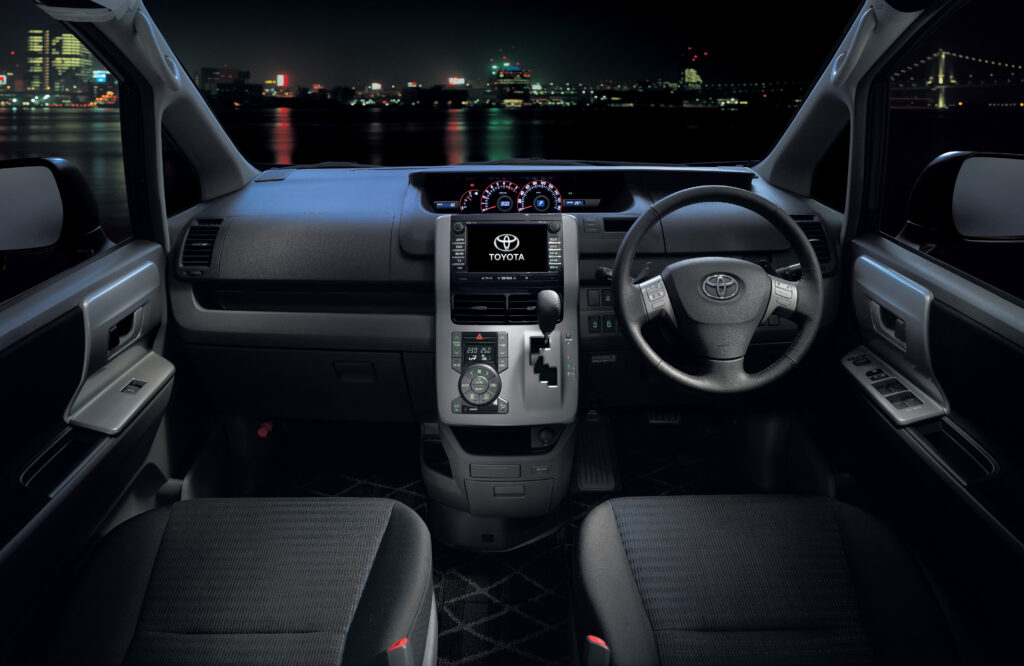
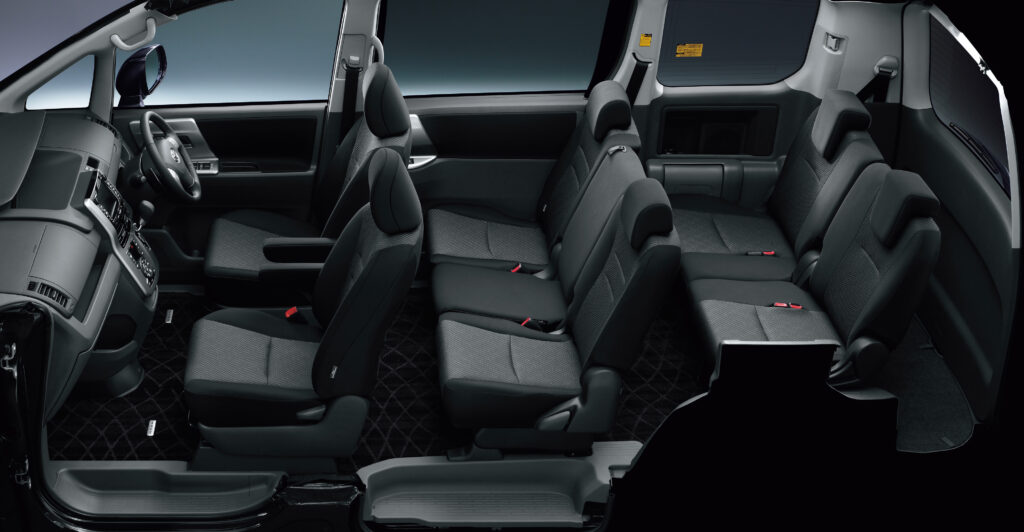
The second-generation Noah/Voxy also became a hit model, with sales volume of the Voxy surpassing that of the Noah, especially in terms of style, which gained support from men.
The Step Wagon and Nissan Serena were also very popular during this period, and the Noah/Voxy did not make a decisive difference to its rivals in terms of sales volume, partly due to its style, which did not change significantly from the first generation.
The leap forward for Noah/Voxy will have to wait until the next third generation, when a hybrid model is introduced.
Capability as a minivan, Toyota-like durability, inexpensive price
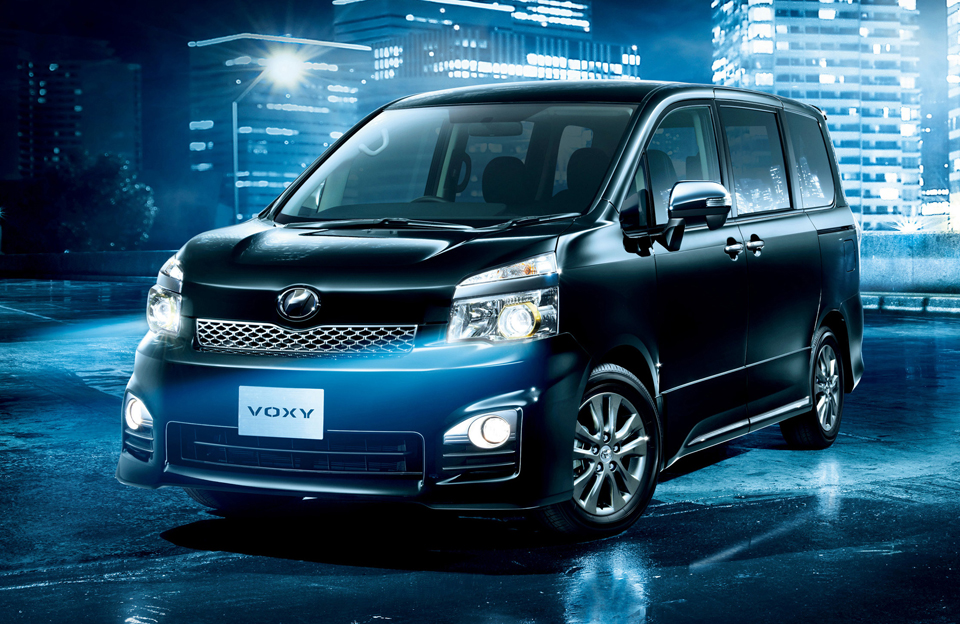
As of 2024, this R70G/W Toyota Noah/Voxy is still one of the most common vehicles seen on Japanese roads. Although there is no driver assistance or hybrid, this is evidence that the basic capabilities of the minivan as a user-friendly multi-purpose minivan have not diminished.
Although not as good as the Hiace, it still has a Toyota’s typical robust design which hard to break down. This is again a notable Toyota strength compared to its rivals Honda and Nissan. Of course, we should not forget the attractiveness of the price, which has dropped to the lowest level.
